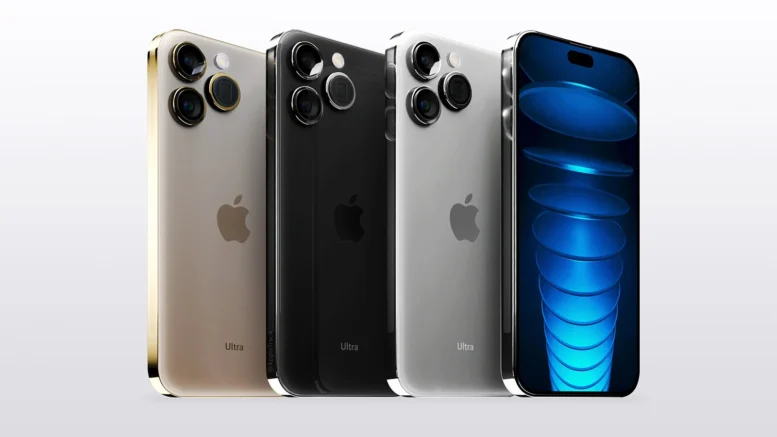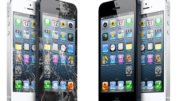That’s right. No one realized it on April 3, 1973 but the world was about to change. On that day, engineer Martin Cooper (seen below in 2007) took to the streets of Manhattan and placed the world’s first successful cell phone call. Naturally, his first call was to a rival to say he’d done it. Naturally, the rival claims the call didn’t go through.

The big difference
Mobile phones had been around for decades by the time that the first cell phone call was made. They were more like marine radios at the time. You generally had to call a mobile operator who would place the call for you and route it through. Direct dialing did eventually come to these early phones, but it was still fairly primitive.
The difference was the thing that gave cell phones their name. Older mobile phones relied on strong transmitters to reach distant towers. The cell phone relies on relatively weak transmitters and a network of small towers that can hand off the call from tower to tower. Because the coverage map looked like cells in a living organism, this was called “cellular telephony.”
Gotta wonder about this guy

Here’s a picture of a Motorola executive holding one of the world’s first cell phones, in front of a phone booth. Motorola developed early cell technology and held a strong lead in the cell phone market until the late 2000s. Their failure to realize the potential of the smartphone more or less doomed them, but they had an amazing run.
In the meantime you have to wonder how long that guy had to stand there while they took photos. The first cell phone weighed in at two and a half pounds and it had talk time of about 20 minutes. I didn’t have one of these, but I did have one of the popular “DynaTAC” models in the late 1980s, made popular by the film Wall Street.

They were still heavy, they still had crappy talk time, and they got HOT. I mean really hot. But it was so amazing to be able to communicate from anywhere that I didn’t care. Neither did anyone else.
Fast forward to today.
The first cell phone wouldn’t work today. Its early technology was quickly replaced by AMPS, the “Advanced Mobile Phone Service” that today we would call 1G. Digital phones came in the mid- to late-1990s, and it wasn’t until the mid-2000s that there was any real ability to use data on a phone. With the coming of 3G, smartphones became viable and of course the rest is history. Today our phones are indispensable. They’re everywhere. They define our lives to the extent that landlines and phone booths have all but disappeared.
It all started 50 years ago, though, and when you look at the progress that’s been made in those 50 years, it’s just amazing. It should be interesting to see what the next 50 years bring.





